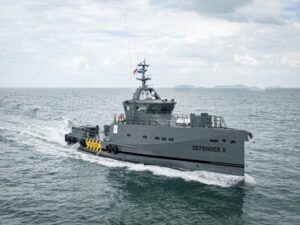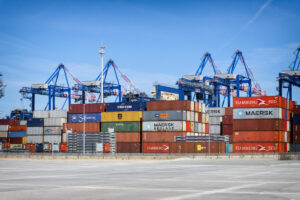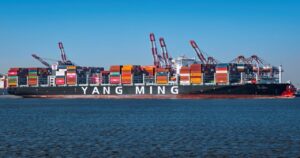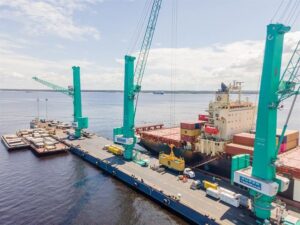Landmark orders for 18,000 and 22,000 TEU vessels have helped to double the average containership size compared to what it was two decades ago, according to Clarkson Research.
The average size of vessels in the unitized cargo sector has grown to over 48,700 deadweight tonnage (dwt), up by 104% since 1997.
An orderbook average of almost 84,000 dwt also means that this trend is set to continue.
In September 2017, CMA CGM confirmed its latest ship order of nine 22,000 TEU vessels.
This was then followed by reports that Mediterranean Shipping (MSC) had secured a deal for 11 22,000-TEU vessels — the largest vessel order in the company’s 47-year history and one of the biggest ever in the containership industry.
However, Hapag-Lloyd recently confirmed that it was ending its ship orders after the fifth largest container shipping company received its last vessel as part of an order for 17 newbuilds in 2013.
In its Shipping Intelligence Weekly analysis, Clarkson Research stated: “Upsizing here reflects the quest for competitiveness via lower transportation unit costs, though there are other very obvious drivers too, notably the opening in 2016 of the new locks at the Panama Canal.”








